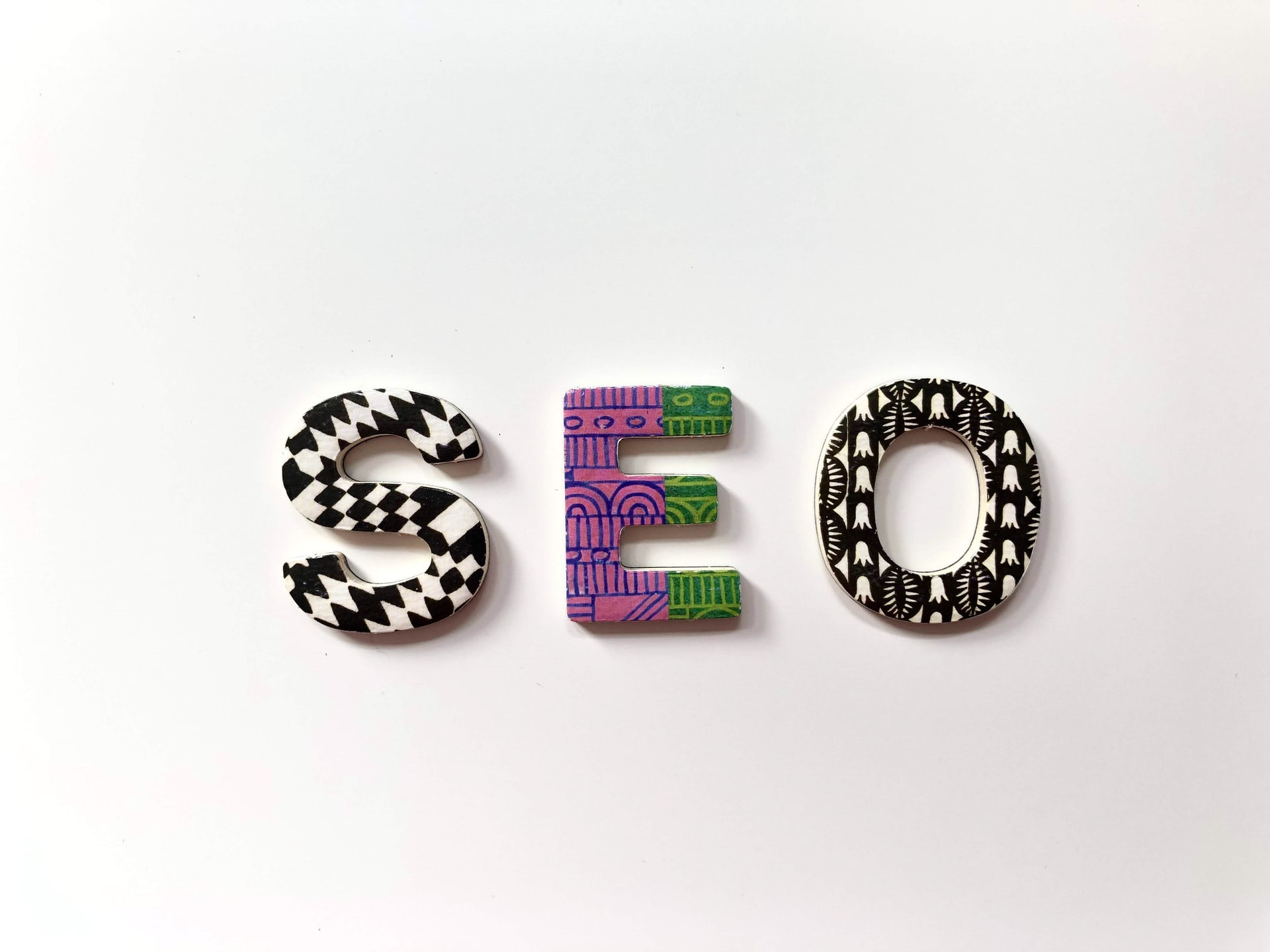What Are Meta Tags?
Meta tags are snippets of text that describe a page’s content. The tags don’t appear on the page itself, but in the page’s source code. They are small descriptors that help search engines understand what a web page is about.
Meta tags are HTML tags, usually added to the ‘head’ of the page, and so are only visible to search engines (and people who know where to look). The ‘meta’ part refers to ‘metadata’, which means these tags provide data about the data on your page.
The 4 main Types of Meta Tag
1 Meta Description
First, we have the Meta description - this provides a short description of the page, and is often pulled through as the snippet you’ll see in the page listing shown on the search engine results pages (SERPs).
A well-written description can help encourage people to click through from the results pages to your site. Remember to keep it under 160 characters - any more and Google will cut it off on the results page. It’s worth noting that Google doesn’t always display the meta description you’ve written. Sometimes it pulls through content from the page that it deems a good representation of what the page is about. However, it’s best to have your own one written that Google can select.
Here are some tips for better meta descriptions:
Aim for fewer than 160 characters so the description isn’t cut off
Help searchers on their journey with calls-to-action. Terms like ‘Get started’ or ‘Shop now’ work well
Write unique descriptions for different pages on your site. Again, this gives search engines more clues and information about the content of each page and helps present them in the results to searchers.
Include your target keyword in the description. If it matches what the searcher is looking for, the keyword often appears in bold which can help increase the chance of a click. Be sure to include the keyword in a natural way, though
Here’s an example of the code for a meta description tag:
<meta name="description" content="Your description goes here">
2 Meta Robots
Next, Meta robots - these tell search engines how to treat the pages and links they crawl.
‘Index’ and ‘follow’ are the default values, but you can specify ‘no index’ and ‘no follow’ if you don’t want the page to be indexed, or you want a link to be ignored by the search engine.
‘Follow’ instructs search engines to crawl the link. This is the default. When you add the ‘nofollow’ attribute to a link, it essentially tells search engines like Google to disregard that link when calculating the website's search engine ranking.
‘Index’ allows search engines to crawl the page and add to their index so it’s findable in search. ‘Noindex’ tells search engines not to add the webpage to their index so the page won’t appear in search results.
3 Meta Viewport
Third, Meta viewport - this controls how your page appears on different devices, allowing you to adjust the width and scaling of the webpage so it better fits the device it’s being displayed on. As well as being better for your visitors, Google looks at this tag when assessing if a page is mobile friendly.
4 Meta Title
And finally, Meta title, or page title - while not technically a meta tag as it’s not a snippet of HTML, it’s still important. It’s normally displayed in the search engine results pages as the clickable element of the search result. Make sure this title includes your page keywords and is under 60 characters long. As with the meta description, Google may choose to display its own version of the title, but it’s always best to create your own.
Make sure the meta title includes your main keyword (used naturally) for the page.
Bear in mind what the searcher is looking for and tailor the title so it answers that query. It could be related to buying a product or finding more information about a particular item.
Make the titles unique to each page.
Make sure the title is representative of what the user will see if they click through to the page. Clickbait is pointless - people will lose trust, leave, and won’t come back.
Here’s an example of how a HTML meta title tag looks:
<title>How To Implement Meta Tags for Shopify Stores</title>






